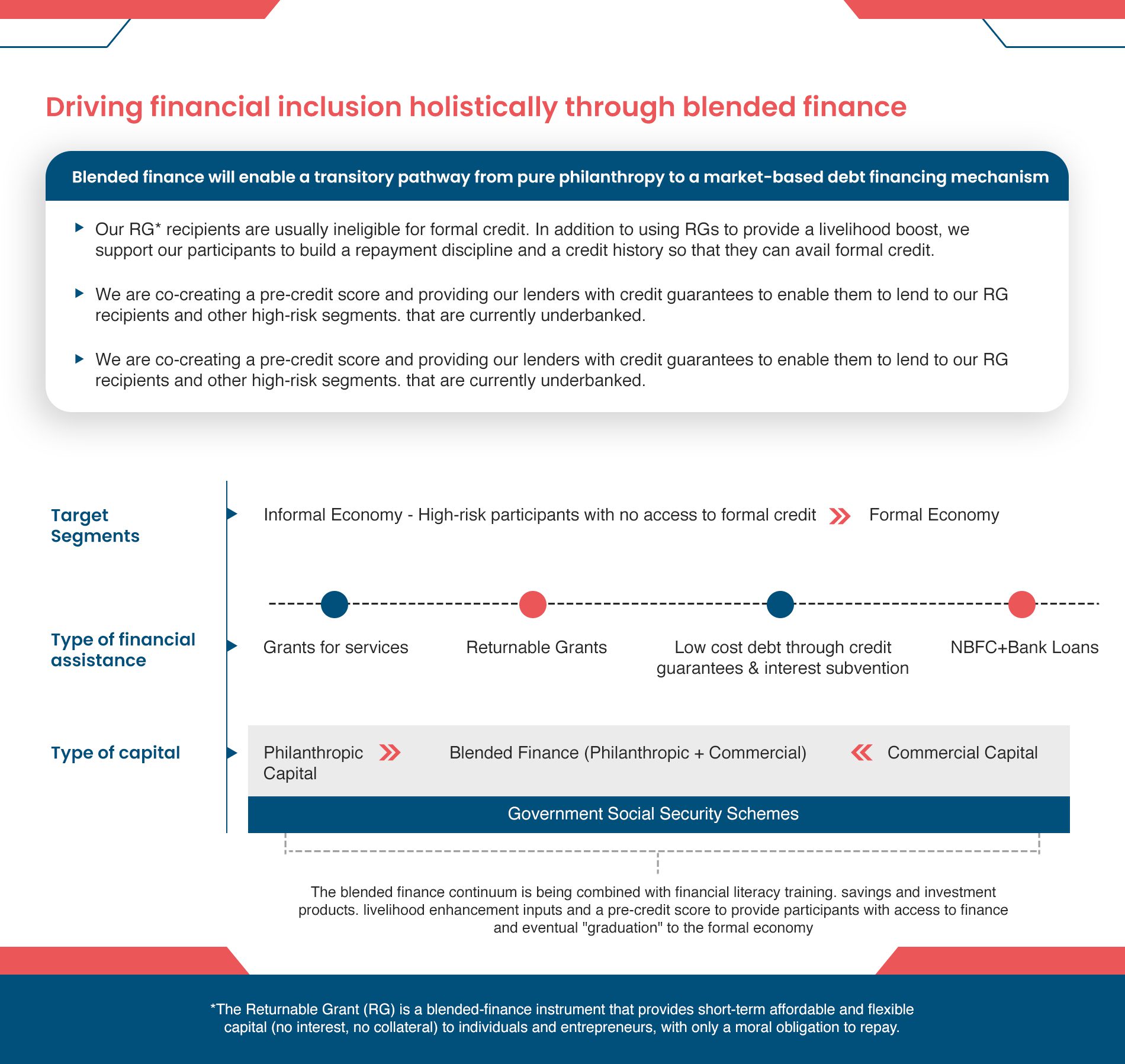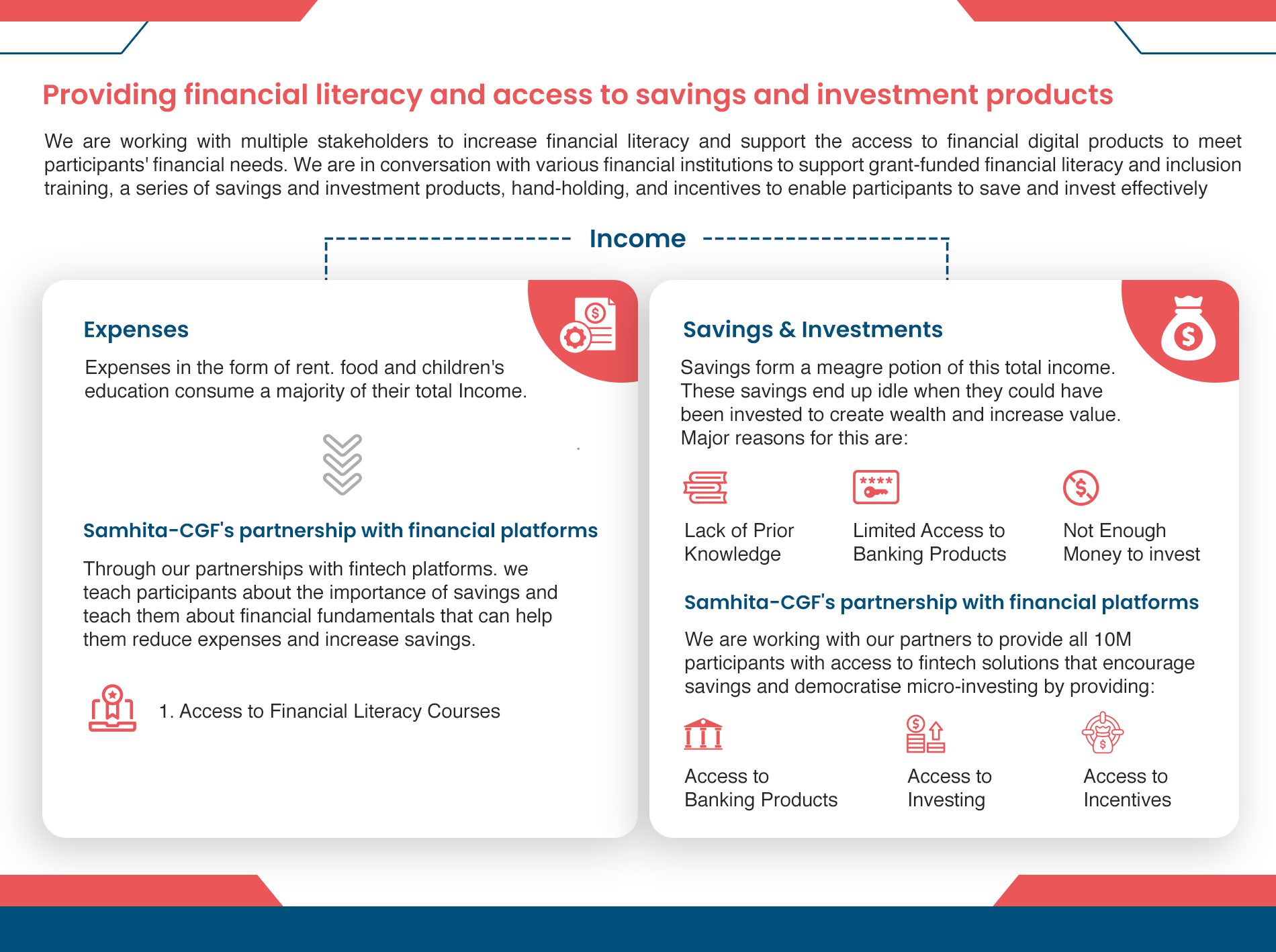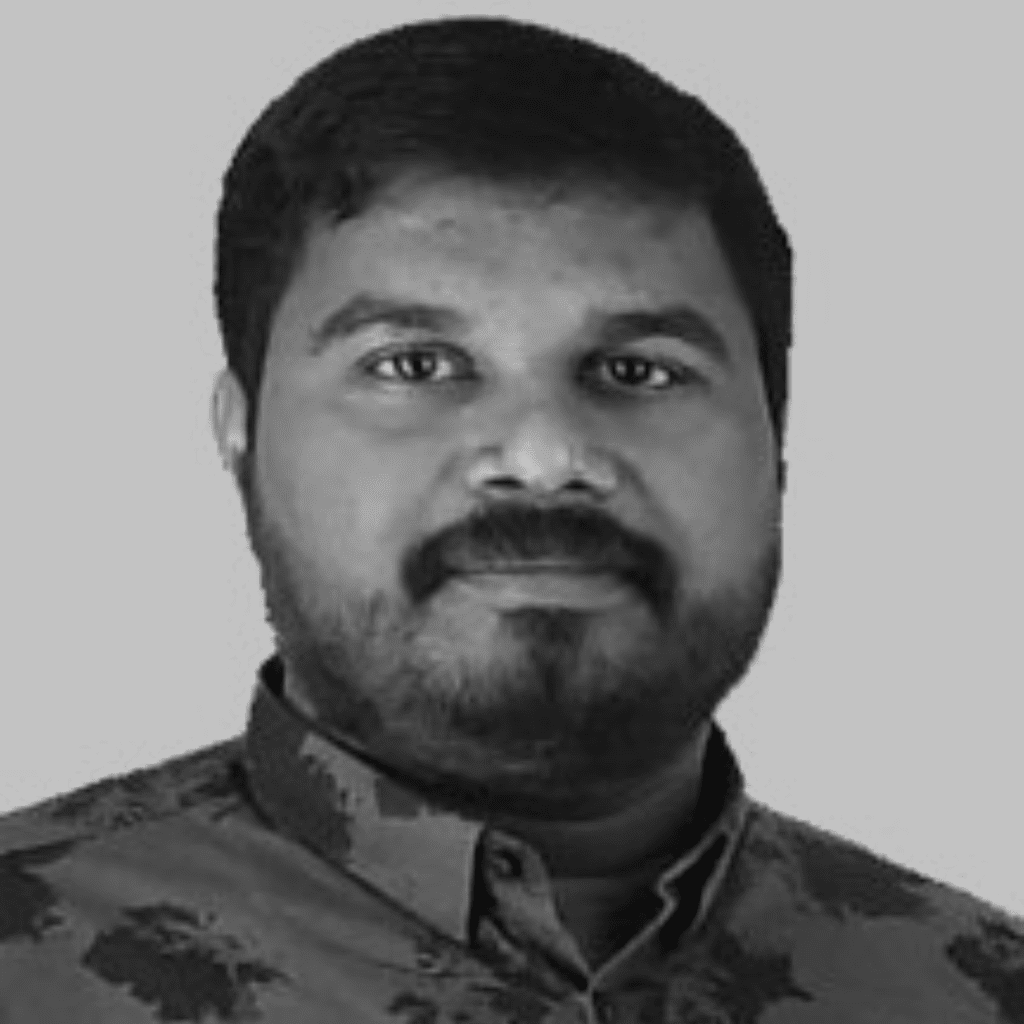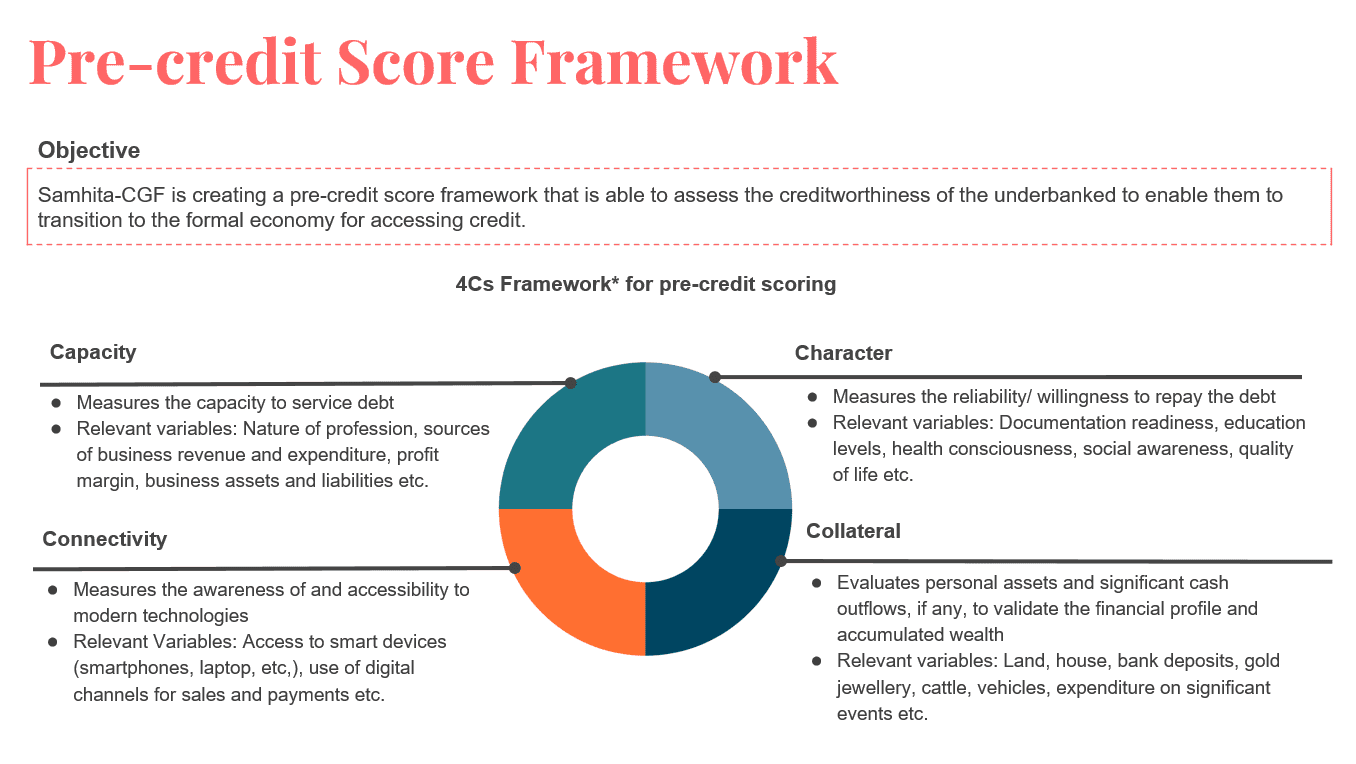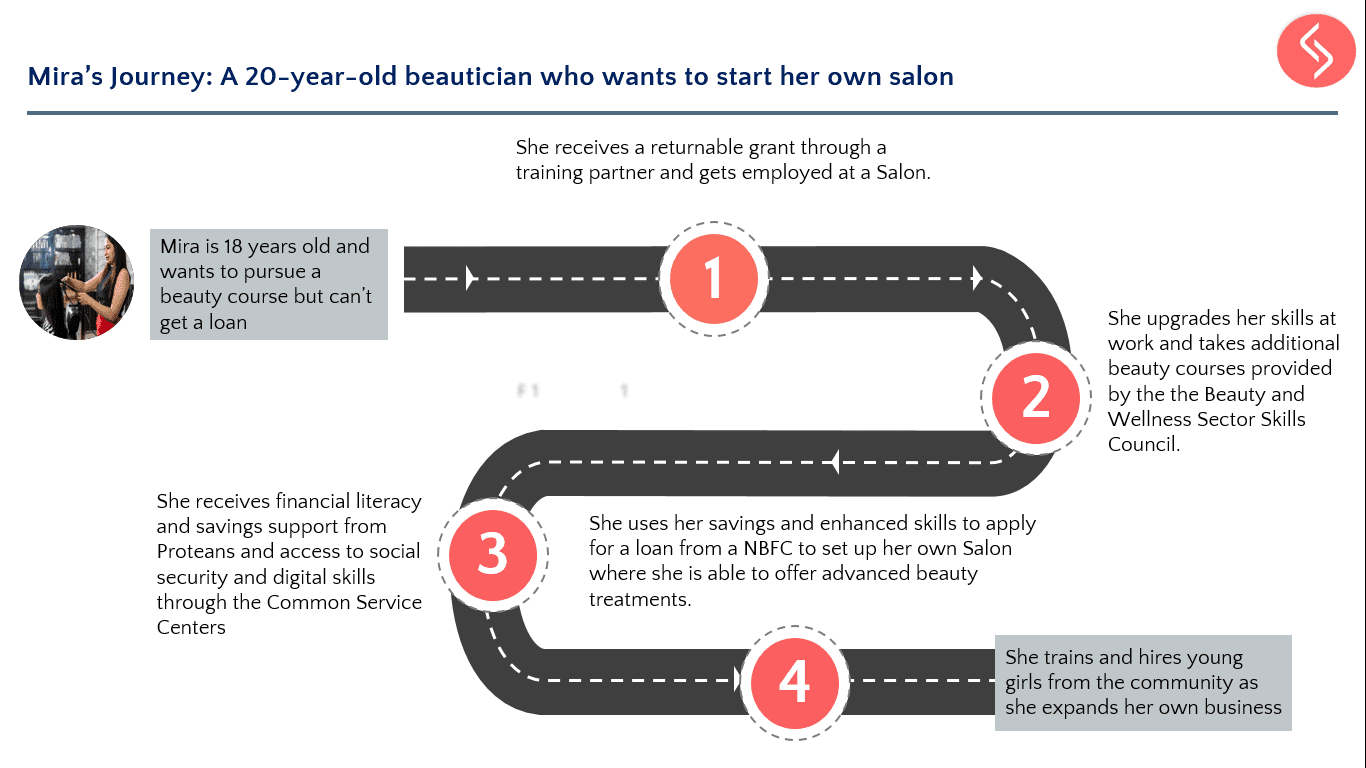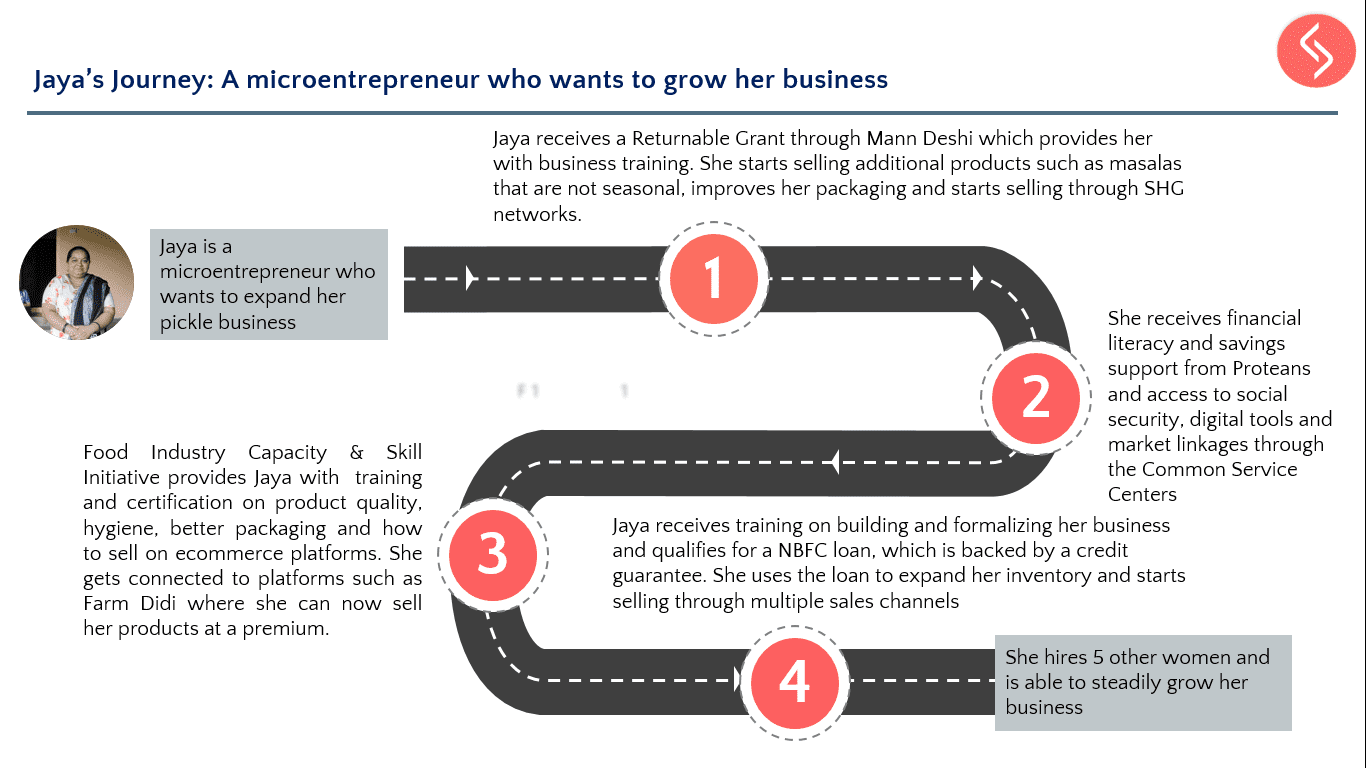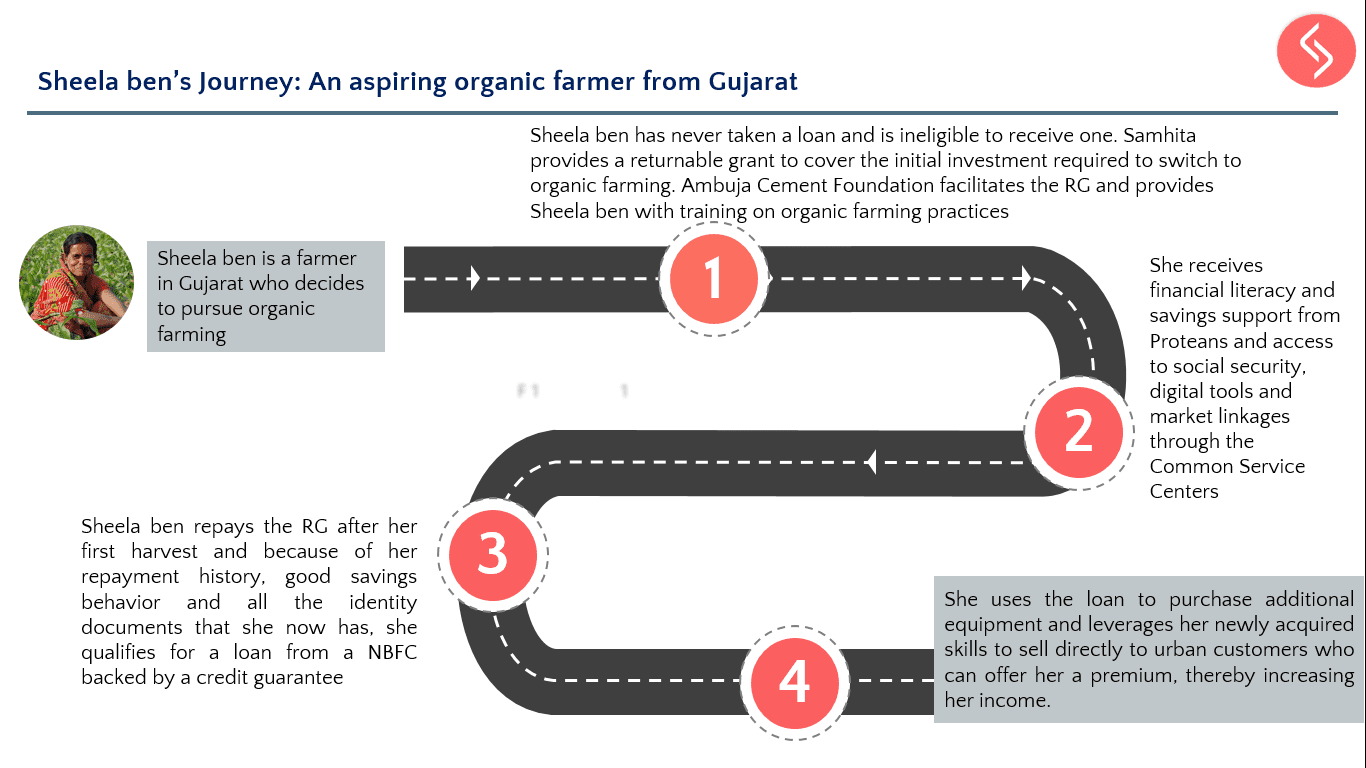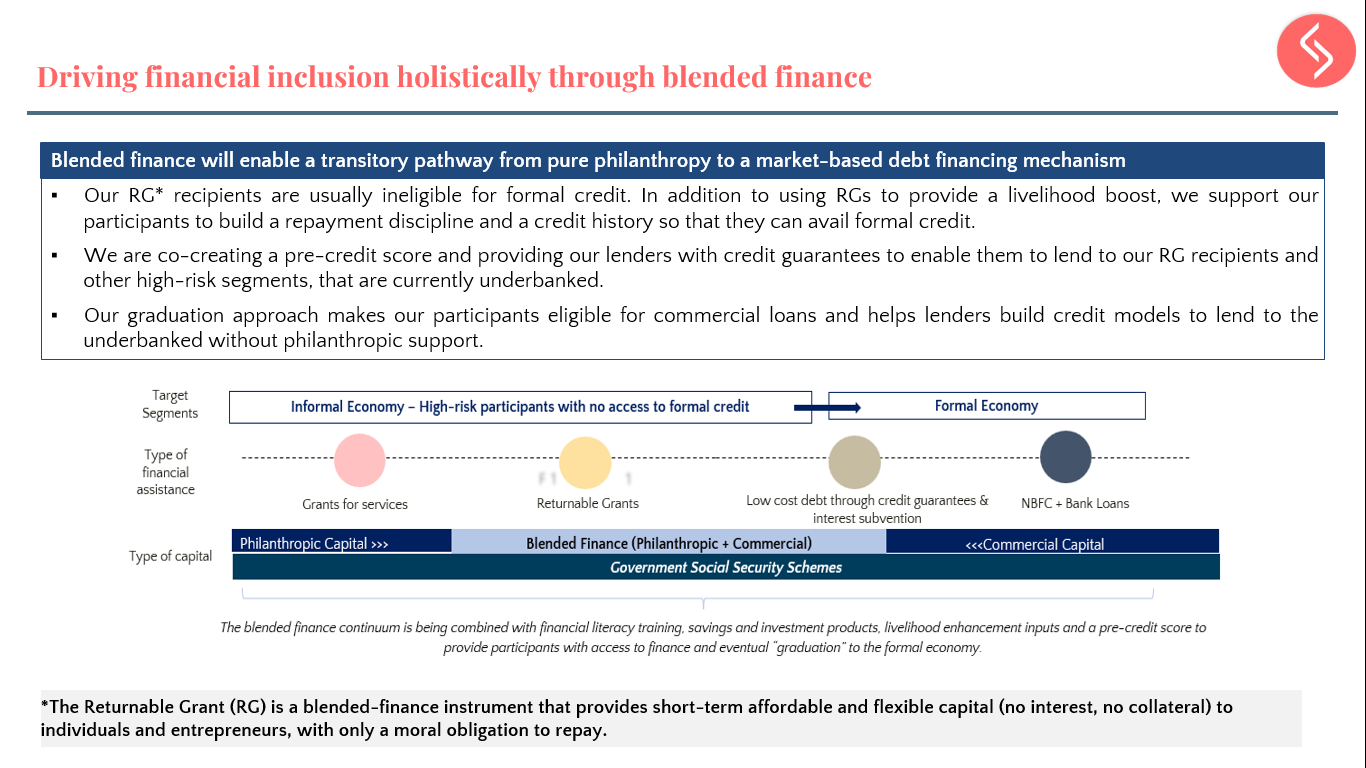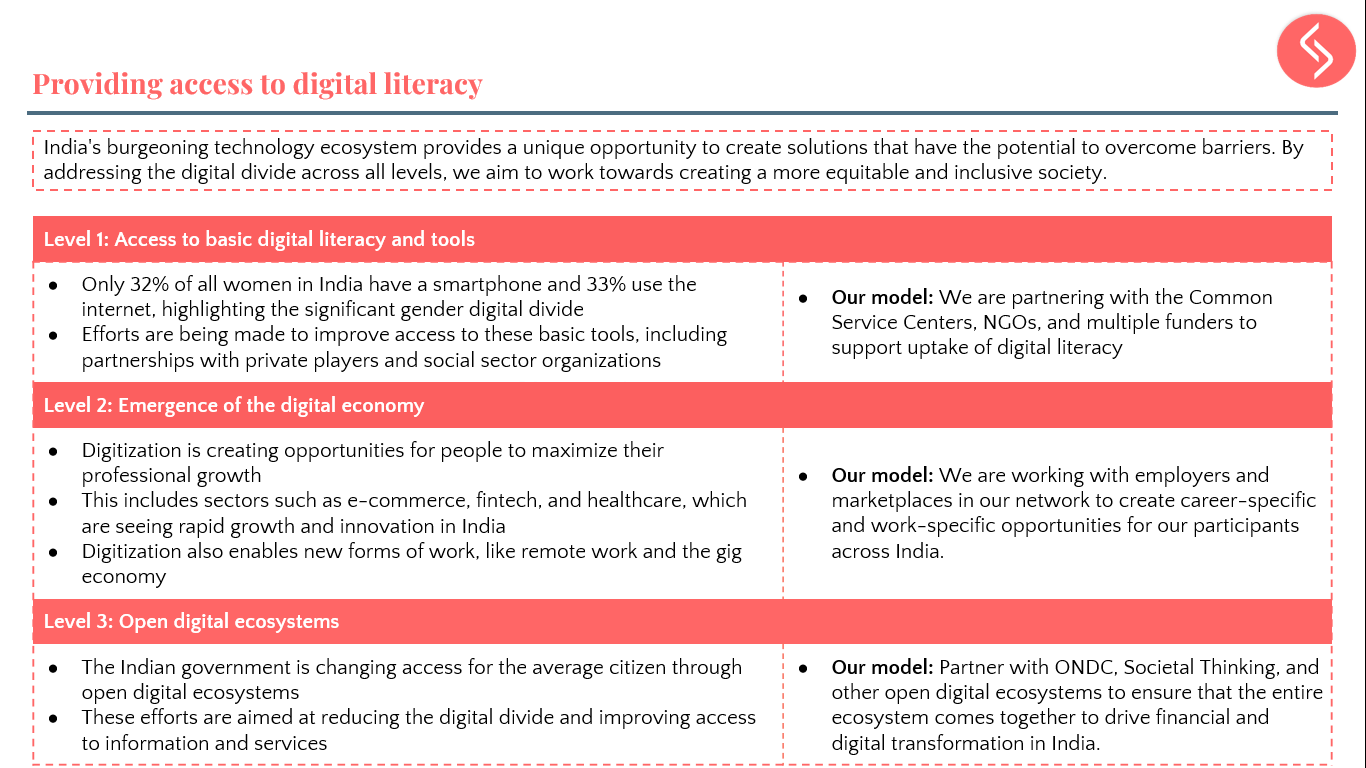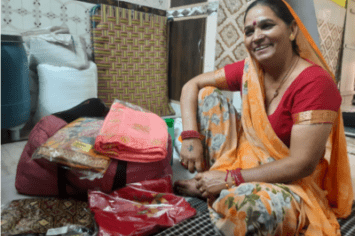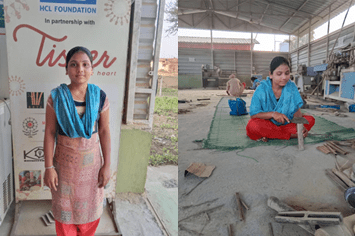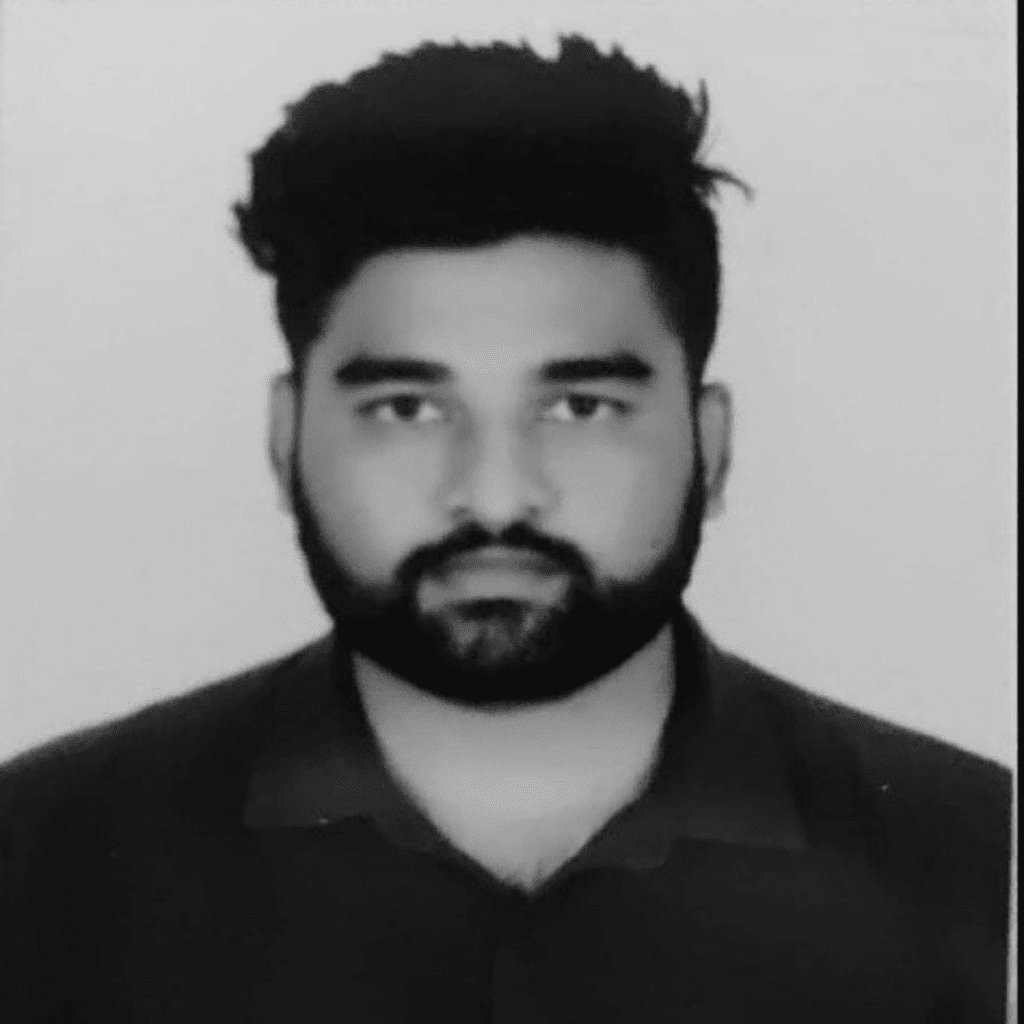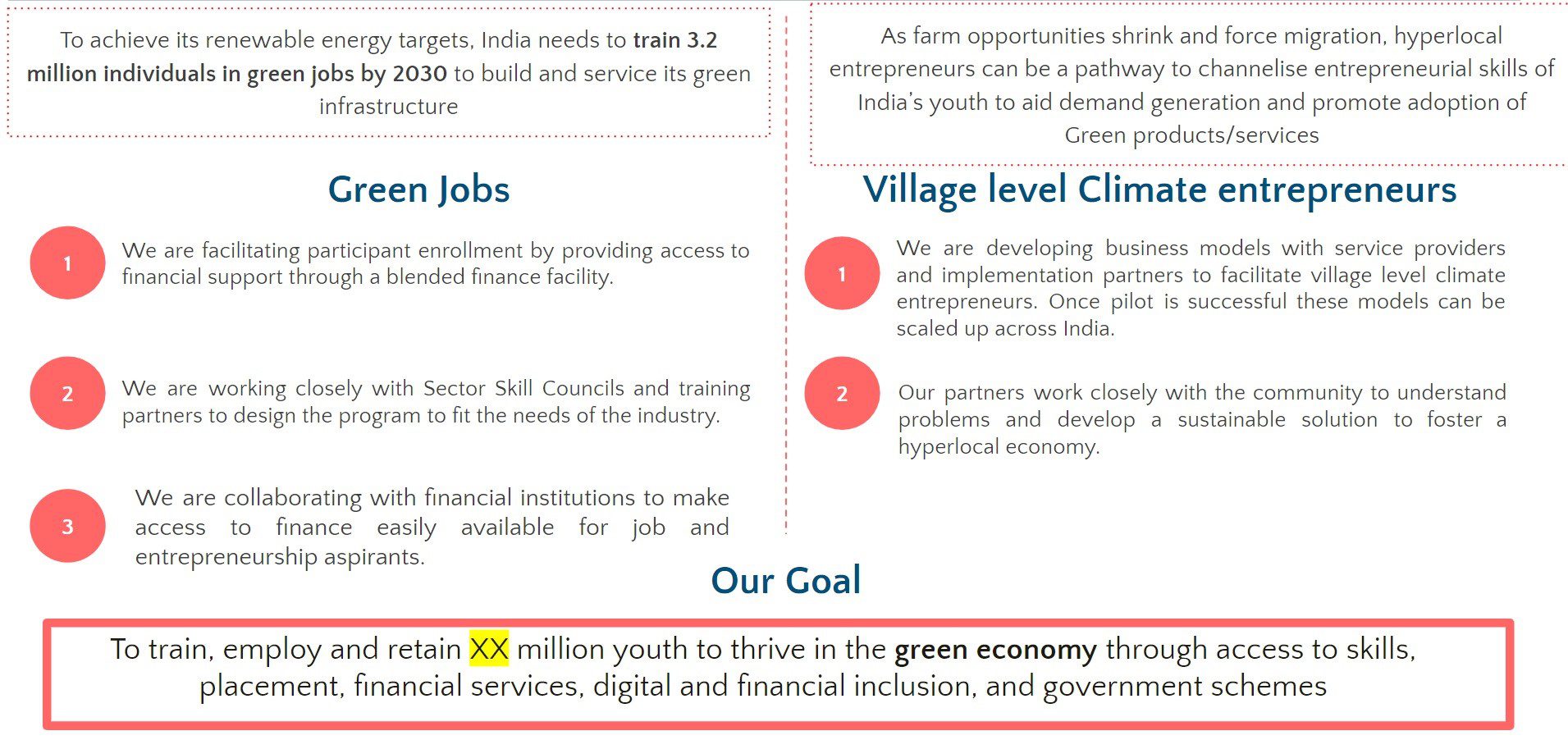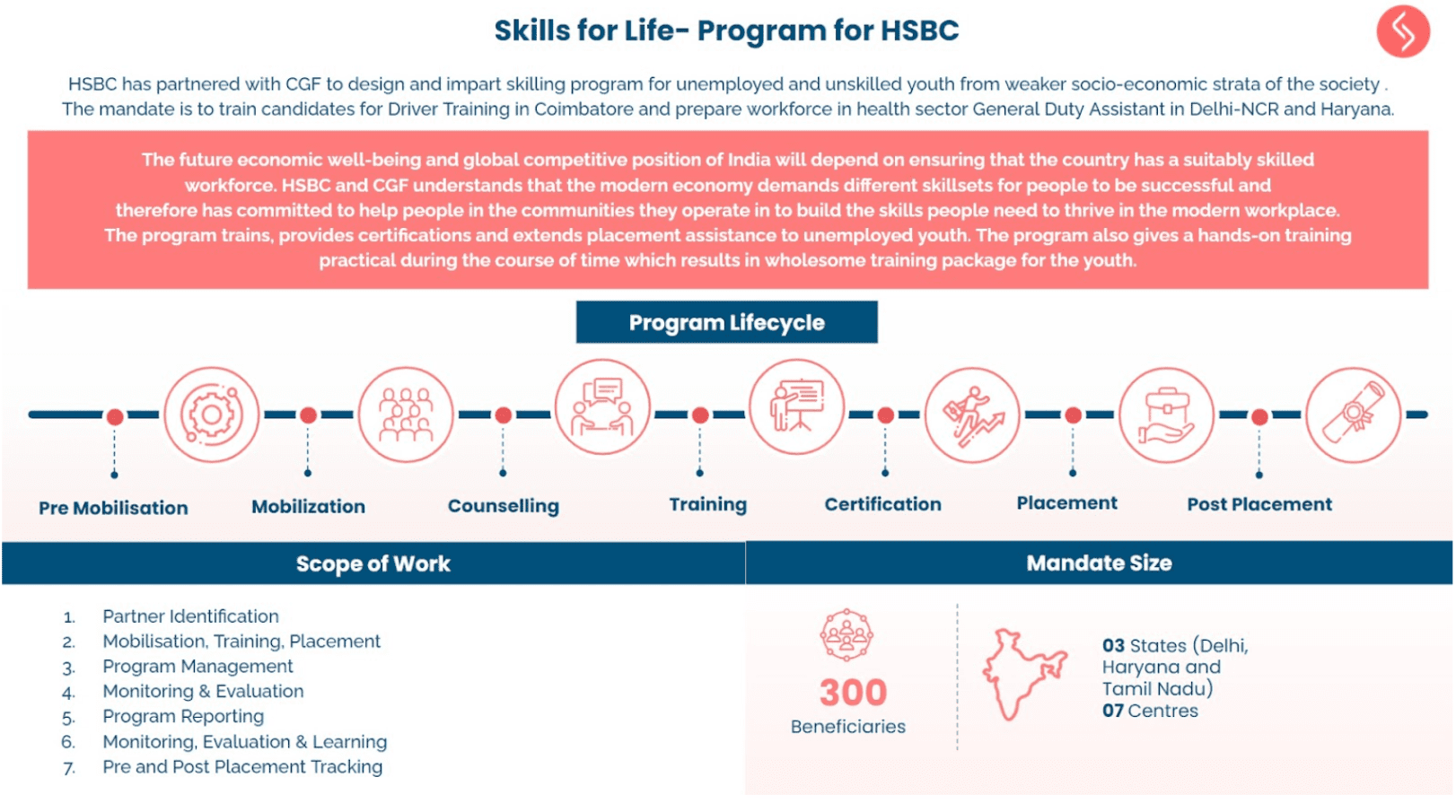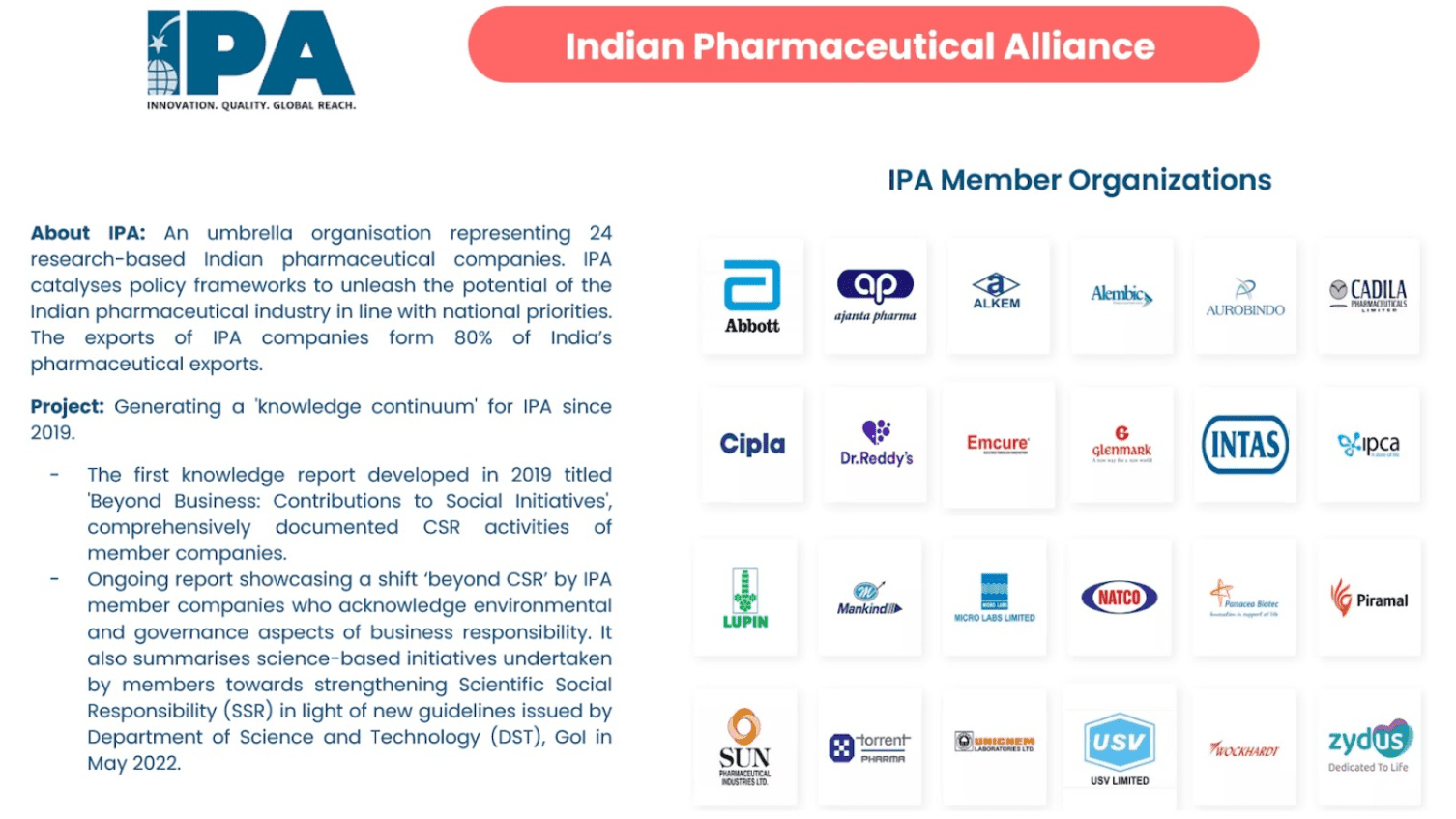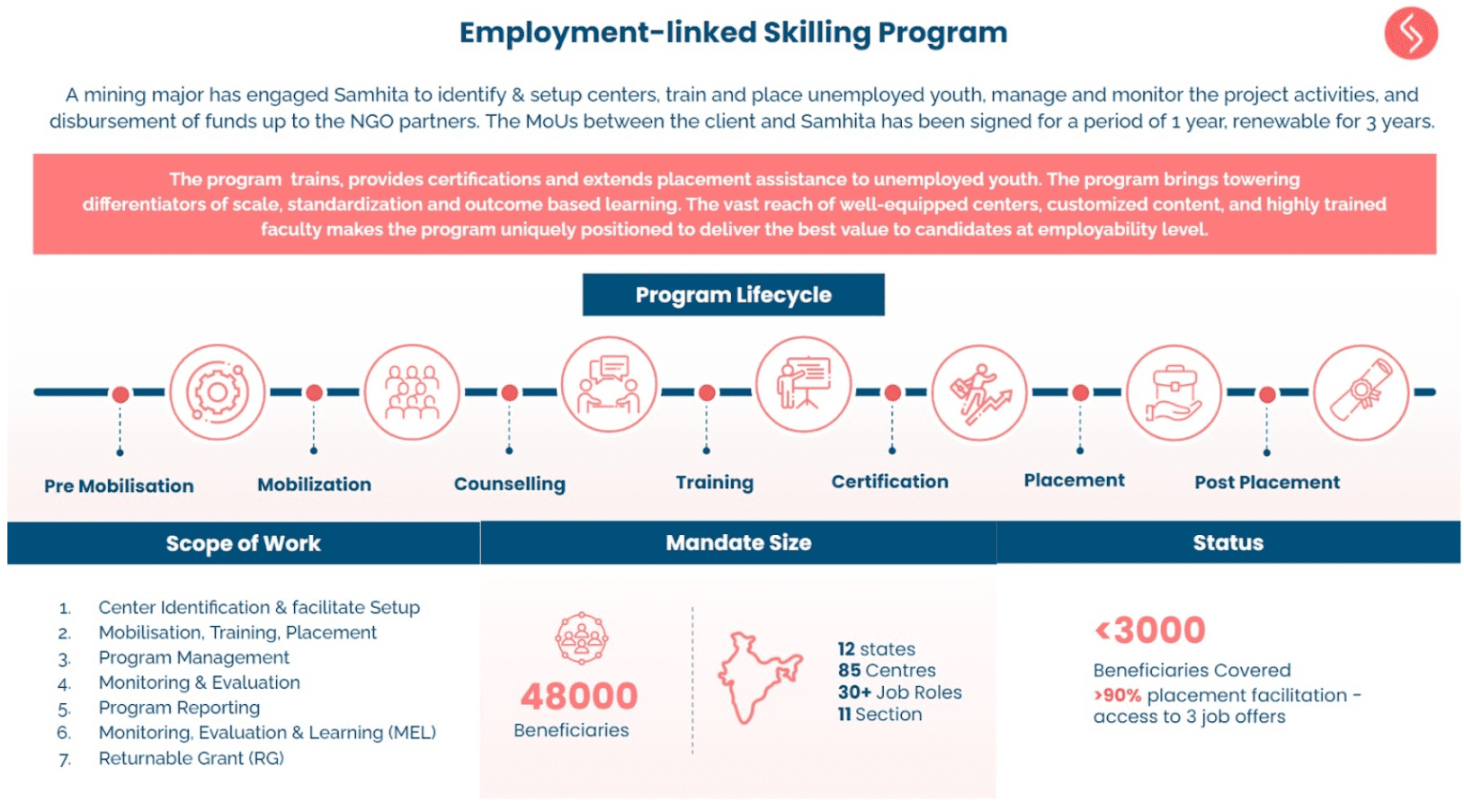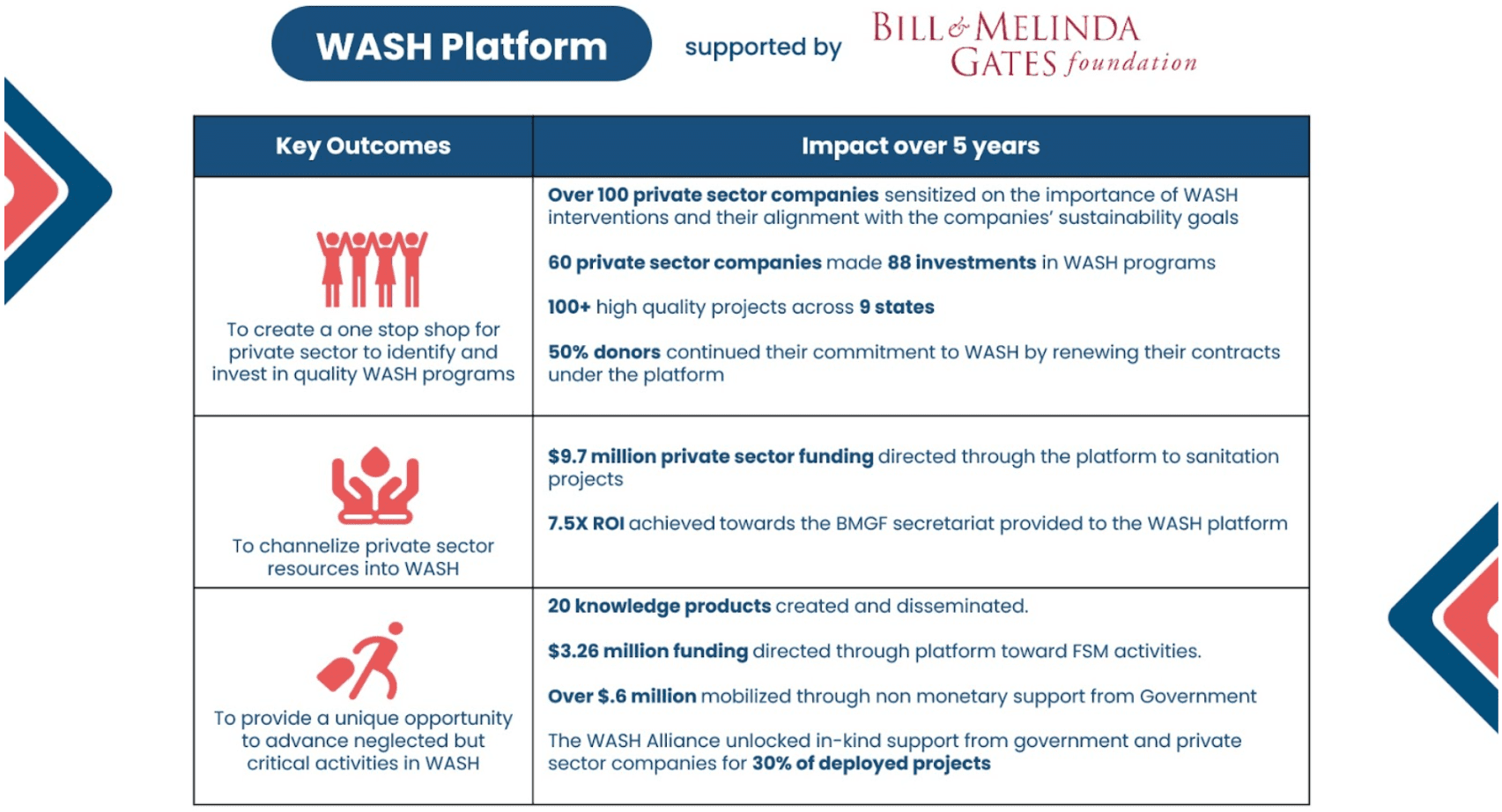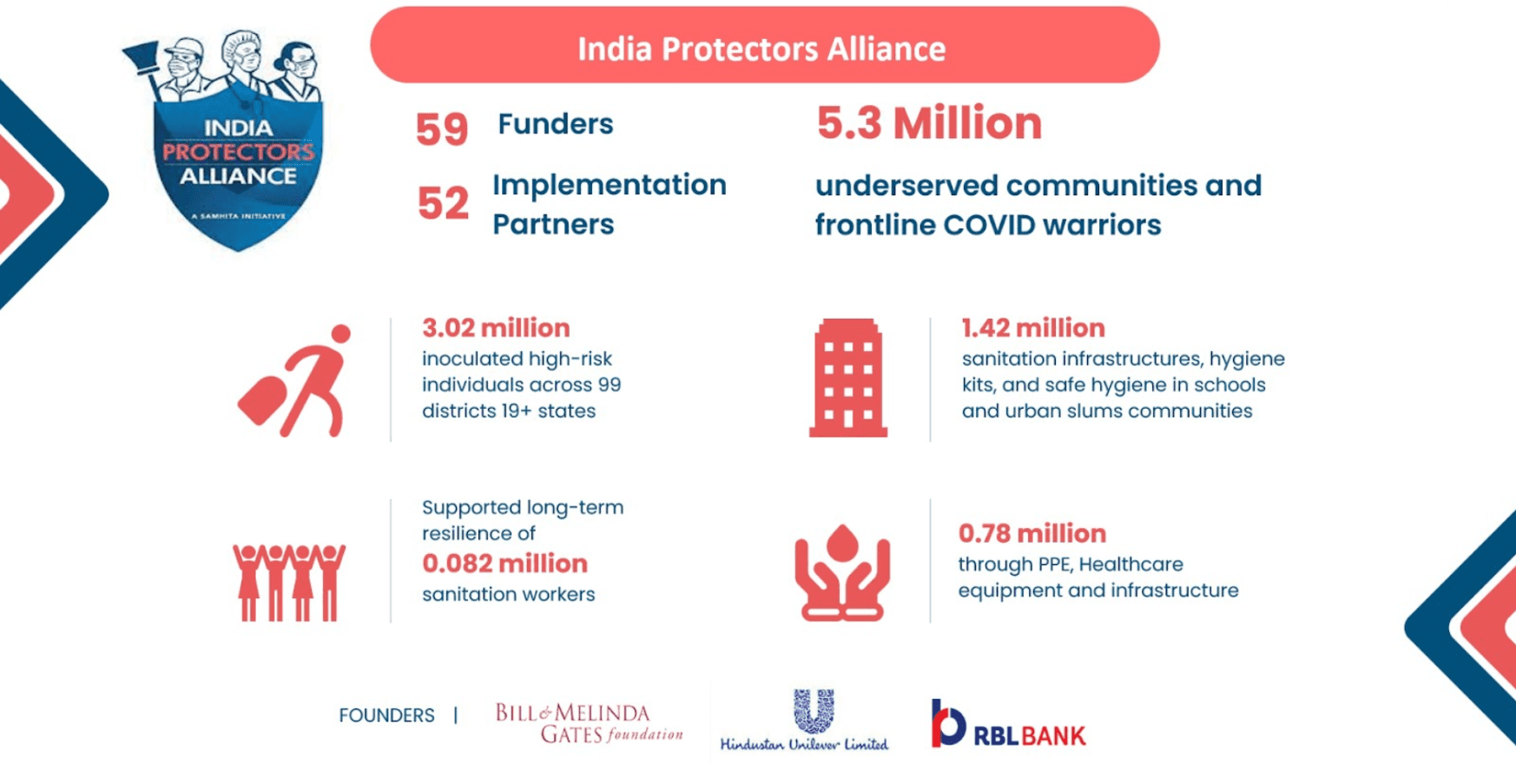Improving sexual and family health and well-being within communities starts with engaging both females and males. Traditionally, females have been the target beneficiaries for Sexual and Reproductive Health (SRH) & Family Planning (FP) initiatives. These initiatives complement each other towards population control, curbing the social problem of child marriage, and promoting children’s health and education. However, it is important to refocus SRH and FP initiatives on the health of family life; and that begins with the females and their male counterparts – the operative word being ‘and’.
In India, there has been an imbalance between male and female sterilizations dating back to the 1970’s. The forced sterilization of 6.2 million men at the time of the Emergency and mass protests, deepened stigmatization, and misinformation about vasectomies. The onus of SRH and FP fell on women in India[i], despite vasectomies being safer and less invasive in nature than most FP initiatives targeted at women. According to the National Family Health Survey (NFHS)-5 (2019-21), only 0.3 percent of family planning methods are male sterilizations, whereas 37.9 percent are female sterilizations[ii]. This stark disparity can be seen continuing since NFHS-1 (1992-93) and has only widened[iii], [iv].
Inspiration from global approaches to male engagement can be drawn, to increase the participation of Indian men in the FP ecosystem. Globally, the approach to include males in the dialogue around SRH and FP is by having SRH and FP programmes engage with males as clients, and/or agents of change towards SRH and FP. This means enabling men and boys to have healthy engagement regarding SRH and FP with their female partners, families, and communities, thereby, fostering equitable distribution of roles and responsibilities among males and females in making FP decisions. By doing so, unequal power dynamic and harmful gender norm practices, like delegating family planning as only the female’s/woman’s prerogative, are challenged and can be transformed[v].
International Commitments for Male Engagement in Sexual and Reproductive Health and Rights:
International commitment to involving men in reproductive health has been affirmed through various international conferences and statements, particularly the International Conference on Population and Development (ICPD) Programme of Action in 1994[vi] and the Beijing Platform of Action in 1995[vii]. The ICPD Programme of Action calls for the innovative and comprehensive inclusion of men and boys to help achieve gender equality and present men primarily as allies in this endeavour. The Beijing Platform of Action reaffirms this[viii].
Programmes around the world that are engaging with males[ix]
According to a report by ICRW titled “How are Men & Couples Engaged in Family Planning? – Learnings from a Review of Programs,” there have been initiatives around the world since 2001 that have been engaging men in their SRH and FP programmes. These include:
- PRACHAR (Promoting Change in Reproductive Behaviour in Bihar) in India from 2001 to 2013
- SASA! (Start, Awareness, Support & Action) in Uganda from 2007 to 2012
- Male Malawi Motivators in Malawi in the year 2008
- CHAMPION (Channelling Men’s Positive Involvement in the National HIV/AIDS Response) in Tanzania from 2008 to 2014
- Smart Couple in Nepal for a duration of 1000 days in 2014
- Promoting Health – Adjusting the Reproductive Environment (Transform/PHARE) in Benin, Burkina Faso, Côte d’Iviore, and Niger from 2014 to 2019
- Project Ujjwal in India from 2013 to 2016
- Cyber Rwanda in Rwanda in the year 2016
- A360 (Adolescent 360) in Nigeria, Ethiopia, & Tanzania from 2016 to 2020
How these programmes have engaged with males[x]
These programmes have engaged with men in three potential areas: as clients, as partners to women in SRH & FP, and as influencers or agents of change.
The programmes provided the men space and support for one-on-one interpersonal communication or small group interaction in the form of:
- Counselling in person/hotline,
- Couples/family counselling – specifically with the female partners to encourage joint-decision making,
- Peer education via community motivators/male community activist, and
- Community theatre that showcased aspirational family communication around SRH and FP.
Some programmes employed the use of social media and digital online and mobile phone tools that encouraged participants to:
- Connect with age-appropriate services,
- Think about fertility desires,
- Talk and actively participate in discussions & openly raise concerns with SRH/FP provider or counsellor, and
- To be confident in sharing about employing or changing family planning methods with family and friends.
A couple of key recommendations by ICRW to consider for including males in SRH and FP Programmes:
- Develop peer support networks between the participants as well as with community motivators/activists. These networks should be intended to thrive post the end of intervention as participants could continue dialogue on these sensitive issues and have a constant support system to reflect and continue progress towards healthy sexual and reproductive & family planning behaviours such as HIV/STI prevention, contraceptive use, physical violence, domestic chores, and parenting.
- Being mindful of the need of anonymity and requiring a safe environment free from backlash and negative implications to consume information about safe sex, sexual intimacy, other sensitive family planning topics.
Other sensitive family planning topics could include sex education, sexuality education, pre-conception risk assessment, infertility, genetic code, anatomy/physiology, psycho-sexual problems, healthy emotional relations & responsibilities, assisted reproductive technologies[xi]. “…engaging men and boys in FP may improve FP outcomes for men, boys, women, and girls, as well as challenge harmful forms of masculinity that prevent men from fully participating in their own RH. Addressing gender dynamics has the potential to influence a host of factors that impact the health and well-being of men and women across the lifespan, including couple communication and decision- making about fertility desires and FP and shared responsibility for their family’s health and well-being.” – USAID[xii]
[i] Kaushik, Ashutosh. (2022, July 11). Man should be equal partners in family planning. Hindustan Times. https://www.hindustantimes.com/ht-insight/public-health/men-should-be-equal-partners-in-family-planning-101657511573064.html
[ii] International Institute for Population Sciences. (n.d.). The national family health survey 5: 2019-2021. Ministry of Health and Family Welfare, Government of India. http://rchiips.org/nfhs/NFHS-5_FCTS/India.pdf
[iii] International Institute for Population Sciences. (n.d.). The national family health survey 4 (nfhs-4): 2015-2016. Ministry of Health and Family Welfare, Government of India. http://rchiips.org/nfhs/pdf/NFHS4/India.pdf
[iv] International Institute for Population Sciences. (n.d.). Key indicator for India from nfhs-3: 2005-2006. Ministry of Health and Family Welfare, Government of India. http://rchiips.org/nfhs/pdf/India.pdf
[v] (1995). Beijing declaration and platform for action. https://www.un.org/womenwatch/daw/beijing/pdf/BDPfA%20E.pdf
[vi] United Nations Population Fund. (2014). Programme action of the international conference on population development. https://www.unfpa.org/sites/default/files/pub-pdf/programme_of_action_Web%20ENGLISH.pdf
[vii] (1995). Beijing declaration and platform for action. https://www.un.org/womenwatch/daw/beijing/pdf/BDPfA%20E.pdf
[viii] United Nations Population Fund. (2014). Programme action of the international conference on population development. https://www.unfpa.org/sites/default/files/pub-pdf/programme_of_action_Web%20ENGLISH.pdf
[ix] Sahay, A., Joseph, J., Prashad, V.P., Yadav, K., Jha, S., Vachhar, K., Seth, K. (2021). How are men and couples engaged in family planning? Learnings from a review of programs. International Center for Research on Women. https://www.icrw.org/wp-content/uploads/2021/02/ICRW_How-Are-Men-Couples-Engaged-in-Family-Planning_LearningReview_Feb.2021.pdf
[x] -Ibid.
[xi] Wikipedia. (2022, November 19). Family planning. https://en.wikipedia.org/wiki/Family_planning#Assisted_reproductive_technology
[xii] Office of Population and Reproductive Health, Bureau for Global Health. (2018). Essential considerations for engaging men and boys for improved family planning outcomes. USAID. https://www.usaid.gov/sites/default/files/documents/1864/Engaging-men-boys-family-planning-508.pdf




















